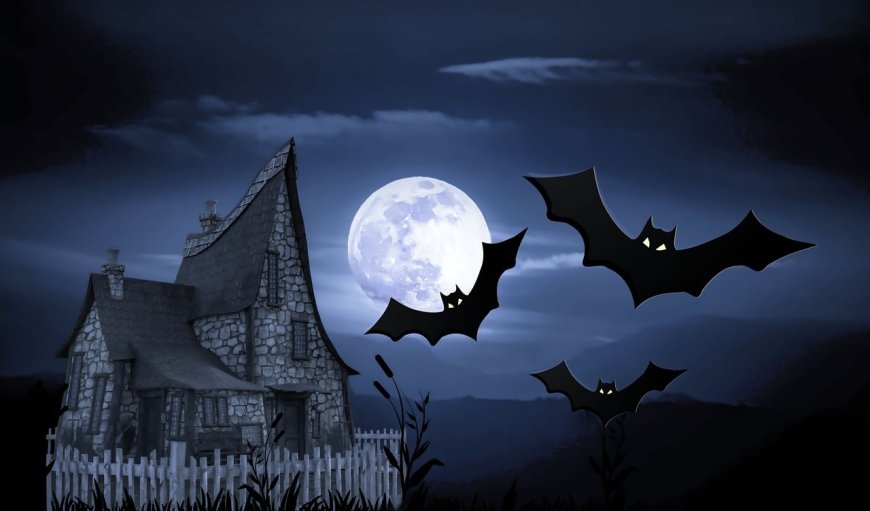Vampire Bats: Bizarre Creatures of Evolution

Vampires are often described as blood-sucking creatures with deadly incisors. However, the idea of a vampire is not a myth but a reality. The world has its very own 'vampires' in the form of bats. One of the most fascinating yet creepy creatures on this planet, the "vampire bat" has evolved in ways that allow it to gorge on blood and possess intriguing behavior and intricate social structures.
Bats That Hail from the Dark World of Dracula

Three bats out of 1,400 known bat species exclusively survive on blood. One of the best-known and most widespread species is the common vampire bat, Desmodus rotundus. These bats are found in Central and South America and subsist on livestock, pumas, and even penguins as their prey.
Vampire bats have extraordinary modifications to their anatomy that allow them to practice blood feeding. They also have heat-sensing noses that help them identify blood vessels in their victims. Once close to the animal, fanged bats will silently slice open the skin with their serrated teeth and use their saliva, which contains blood-thinning fluid, to keep the wound open.
How Vampire Bats Establish Bonds and Care for Each Other
Vampire bats exhibit a distinctly unique form of social interaction in relation to food sharing. As blood is not very energy-rich, starved bats get hungry fast, without any possibility of recovery. Therefore, some bats in the colonies will forgive these restrictions and repay their other roost-mates' blood meals by offering them a second-hand meal.
How illness Affects Social Behavior in a Colony of Vampire Bats

How do illness and infection affect the social aspects of colonies? This is one question that has continued to follow researchers as they attempt to find conclusive pieces of evidence to further their research. When diseased, these bats will not socialize as much; they will avoid grooming or calling, for example. This will, in turn, help reduce the amount of germs spreading within the colony.
Incredibly, they can even override sickness behavior when it is needed. In one case, a sick mother bat is able to care for her young through light grooming, addressing problems in relationships, illustrating that some relationships’ importance may overcome the appeal of illness.
Vampire Bats and the Threat of Cattle Domestication

As remarkable as vampire bats are in their social systems and biological modifications, these animals are considered a nuisance, especially in farming areas in Central and South America. These bats have been known to be carriers of the rabies virus, which is not only harmful to livestock but also causes great losses to farmers. Cattle have become the main diet for these bats, which has caused an increase in the vampire bats’ population and, unfortunately, an increase in rabies transmission risks.
To deal with the situation, researchers are looking into options other than the residents' 'culling’ method. Some novel options include immunizing the cattle or even injecting genetically modified viruses into the bats to deliver the rabies vaccine to them.
Vampire Bats: Lethal and Terrifying yet Horrifying Creatures of the Night
Despite being dreadfully unpleasant due to their feeding habits, vampire bats are rather sociable and clever creatures with a developed system of social structures in colonies. They usually live in family-like structures but also build relationships with non-related bats.
Vampire bats possess a seemingly rich social culture that includes the sharing of food as well as more perplexing nuanced social skill sets. At all times, these creatures are certainly more than just migratory animals surviving inside a hollow tree or a cave waiting for seasonal changes; they are an organized community formed on the basis of needs and relationships.





